Ancient Secrets Unearthed: Seven Infant Remains Found Near Enigmatic Hittite Structure in Turkey
It wasn’t rare for children to be buried differently from adults in ancient societies in the Near East. It varied from culture to culture, but deceased children typically were not buried in cemeteries. Sometimes, their remains would be kept in homes or culturally significant locations.
Archaeologists believe it is possible that the Circular Structure was once an important ritual space, perhaps one where very young children were buried in a unique manner after suffering tragically early deaths.
More archaeological evidence is needed to confirm this theory. Nonetheless, there is likely a strong connection between the Circular Structure and the ancient remains of the children.
The New Finds Could Support The Theory That Uşaklı Höyük Is The Lost City Of Zippalanda
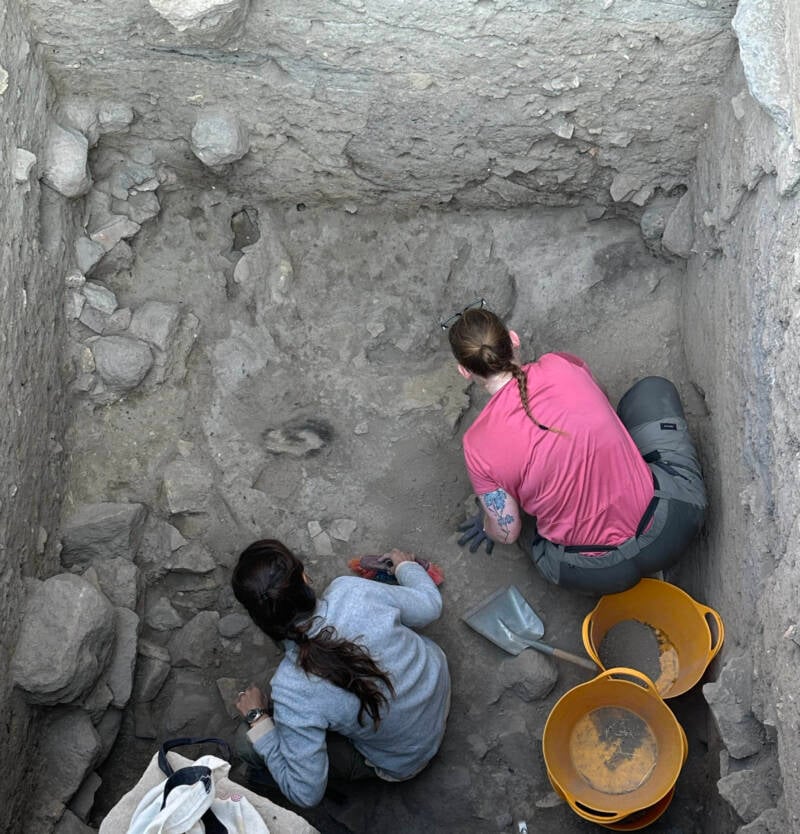
Università di PisaArchaeologists work to uncover a floor at Uşaklı Höyük, which is covered in ash.
The Uşaklı Höyük site has become crucial in understanding the Hittites, an Indo-European people who arrived in Anatolia at the beginning of the 2nd millennium B.C.E. and had become a dominant power by 1340 B.C.E. Their empire is believed to have fallen around 1193 B.C.E., possibly due to large-scale migrations in their region. They left behind numerous cuneiform tablets, but there is still much that archaeologists don’t know about them.
These texts are how archaeologists became aware of the great ancient city of Zippalanda, the cult center of the Hittites’ powerful Storm God. While the exact location of this city has never been definitively identified, it has long been speculated that Uşaklı Höyük could be Zippalanda.
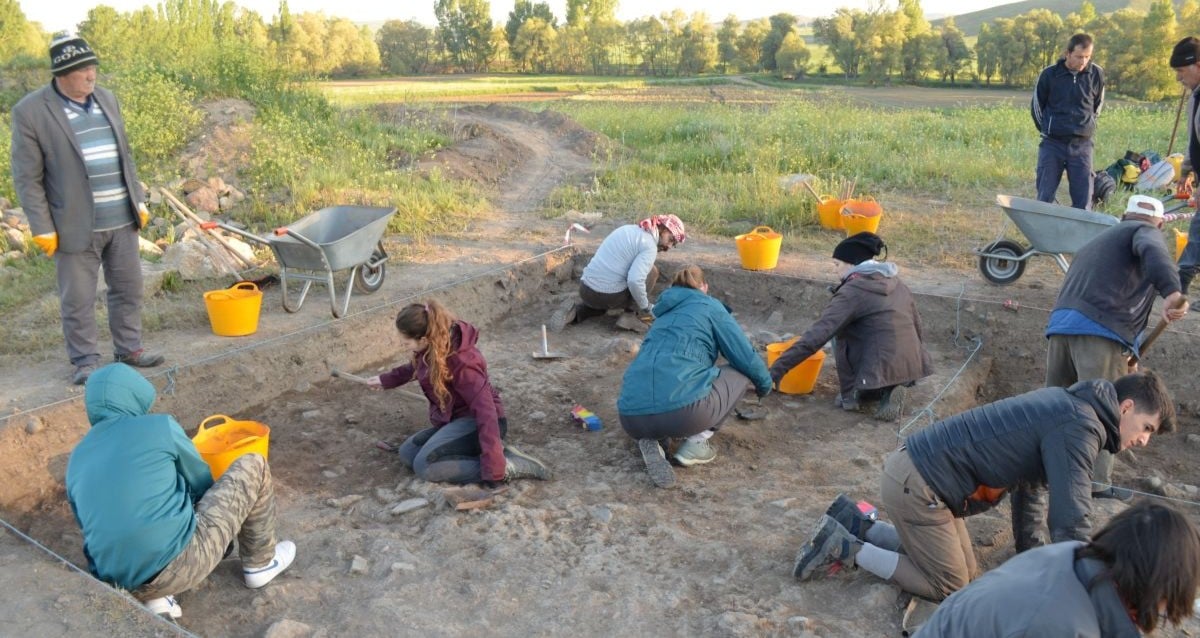


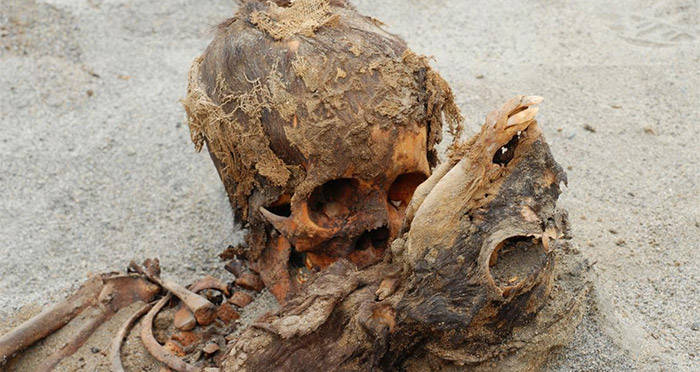

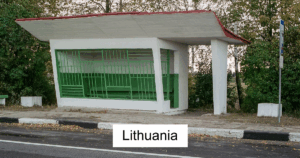
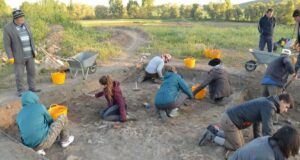

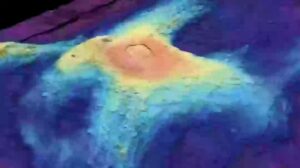





Post Comment